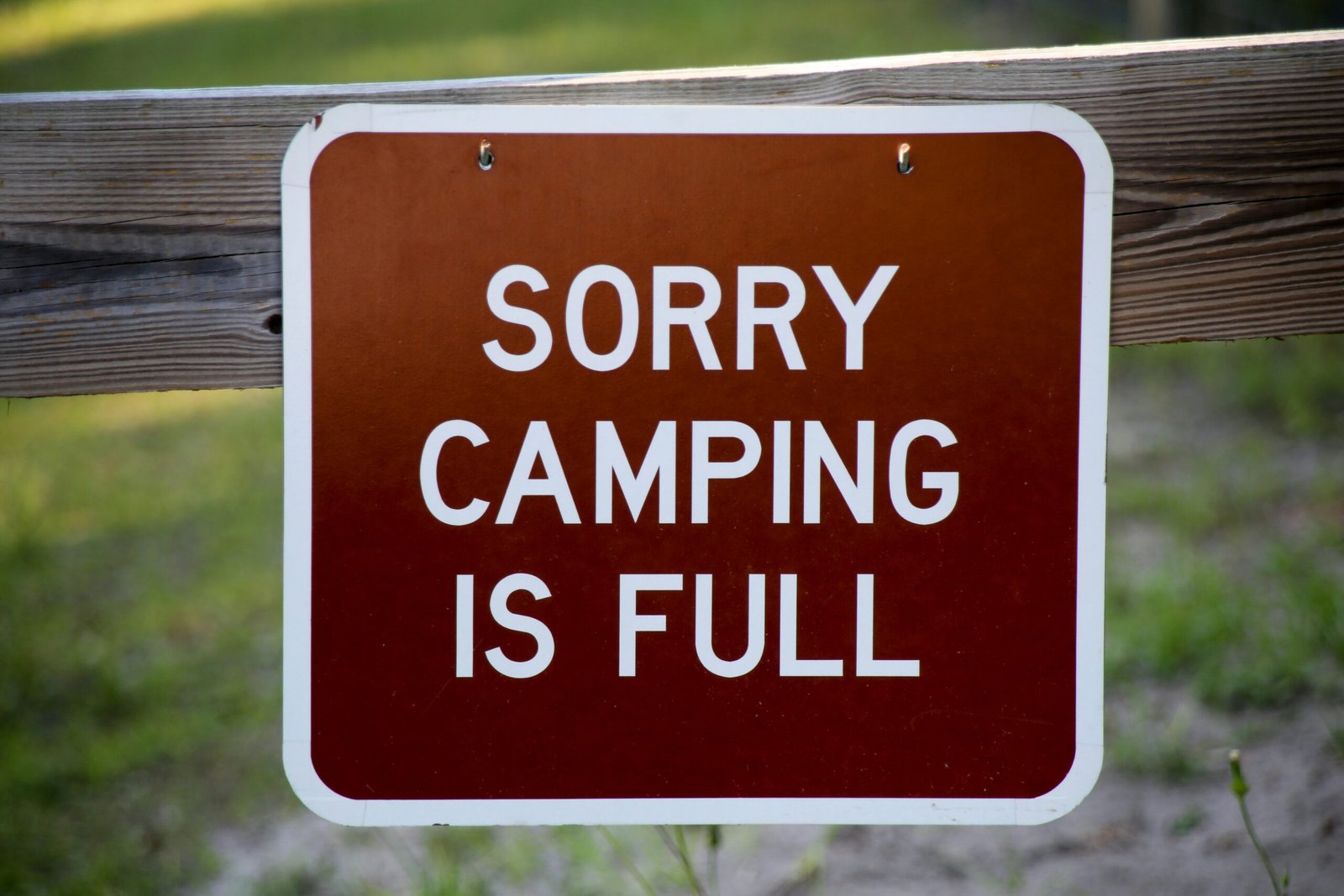
Introduction to Aruba
Aruba, located in the southern Caribbean Sea, is a gem that forms part of the Kingdom of the Netherlands. Known for its picturesque beaches, crystal-clear waters, and warm, sunny climate, Aruba has earned its reputation as a true island paradise. Just 29 kilometers north of the coast of Venezuela, this small island spans approximately 180 square kilometers, making it easy to explore yet packed with diverse attractions.
The island’s unique geography features a blend of white sandy beaches, rugged coastlines, and arid landscapes dotted with cacti and divi-divi trees. This varied terrain offers a plethora of activities for visitors, from lounging on Eagle Beach to hiking in Arikok National Park. Aruba’s climate is consistently warm throughout the year, with average temperatures hovering around 28 degrees Celsius (82 degrees Fahrenheit), making it an ideal destination for sun-seekers.
Aruba’s rich history is reflected in its cultural tapestry, which combines influences from its indigenous Arawak roots, Spanish explorers, and Dutch colonizers. The island’s capital, Oranjestad, showcases colorful colonial architecture and a vibrant local culture, adding to the charm that draws tourists from around the world. As a result, understanding the layout of Aruba through an accurate and detailed Aruba map becomes essential for maximizing one’s experience on the island.
Tourists flock to Aruba not only for its natural beauty but also for its array of water sports, fine dining options, and lively nightlife. Its well-developed infrastructure ensures that visitors have access to modern amenities while still being able to enjoy the serene, unspoiled nature that the island offers. Navigating Aruba efficiently enhances the travel experience, making the use of an Aruba map indispensable for any visitor looking to explore all that this paradise has to offer.
Key Areas and Regions in Aruba
Aruba, a gem in the Caribbean, is divided into several key areas and regions, each offering its own unique charm and attractions. The island is easily navigable with an Aruba map, ensuring that visitors can explore its diverse locales with ease.
Oranjestad, the capital city, is a vibrant hub where colonial Dutch architecture meets modern amenities. Visitors can stroll through pastel-colored buildings, visit local markets, and enjoy waterfront dining. Oranjestad is also home to the National Archaeological Museum and Fort Zoutman, providing a glimpse into Aruba’s rich history. The nearby Renaissance Island offers exclusive beach experiences, perfect for those seeking relaxation.
Noord, located in the northern part of the island, is famed for its stunning beaches such as Palm Beach and Eagle Beach. These coastal havens are ideal for water sports, sunbathing, and enjoying crystal-clear waters. The California Lighthouse, another notable landmark in Noord, offers panoramic views of the island. Adventure seekers can explore the Arikok National Park, which spans nearly 20% of Aruba and is home to dramatic landscapes, caves, and diverse wildlife.
Santa Cruz, situated more centrally, is often referred to as the heart of Aruba. This area is known for its lush greenery and serene nature spots. Visitors can hike the Hooiberg, a volcanic formation offering breathtaking views from its summit. The nearby Ayo and Casibari rock formations are also popular attractions, providing unique opportunities for exploration and photography.
San Nicolas, located in the southern part of Aruba, is known as the cultural capital of the island. This region boasts vibrant street art and the famous Charlie’s Bar, an iconic establishment filled with eclectic memorabilia. Baby Beach, with its shallow, calm waters, is perfect for families and snorkelers. The San Nicolas Community Museum offers insights into the local culture and history.
Using an Aruba map, travelers can seamlessly navigate these regions, each promising a distinct and enriching experience. From the bustling streets of Oranjestad to the serene beaches of San Nicolas, Aruba offers a diverse array of attractions for every type of visitor.
Top Attractions and Landmarks
Aruba, known for its stunning landscapes and vibrant culture, boasts several must-see attractions and landmarks that captivate visitors. A comprehensive Aruba map is indispensable for exploring these gems efficiently.
One of the most celebrated spots is Eagle Beach. Renowned for its pristine white sand and crystal-clear turquoise waters, it is a perfect destination for relaxation and water sports. Visitors can enjoy activities like jet skiing, parasailing, and snorkeling. Located along the western coast, it is easily accessible by car or public transport. Eagle Beach is particularly famous for its iconic Fofoti trees, which have become a symbol of the island.
Arikok National Park covers nearly 20% of Aruba’s land area and offers a diverse array of natural wonders. The park is home to unique geological formations, indigenous flora and fauna, and historic sites. Among its many attractions are the Fontein Cave, known for its ancient Arawak petroglyphs, and the Dos Playa beach, perfect for adventurous surfers. Visitors can explore the park by foot, bike, or guided tours. An Aruba map will help navigate its extensive trails.
The California Lighthouse, located at the island’s northwestern tip, provides panoramic views of Aruba’s coastline and rugged terrain. Named after the S.S. California shipwreck, this historic lighthouse is a popular spot for photography and sunset views. Accessible by car, it’s a short drive from the major hotel areas. Nearby, visitors can explore the sand dunes and enjoy local cuisine at nearby restaurants.
For those seeking a unique natural experience, the Natural Pool, locally known as “Conchi,” is a hidden gem. Formed by volcanic rock formations, this secluded pool is located on the eastern coast within Arikok National Park. The pool is best reached by a 4×4 vehicle or guided tour due to its rugged terrain. Swimming in the Natural Pool offers a refreshing escape amidst dramatic natural scenery.
These attractions, highlighted on any detailed Aruba map, offer a glimpse into the island’s beauty and cultural richness. Each site provides a unique experience, making Aruba a remarkable destination for travelers.
Transportation Options in Aruba
When exploring the beautiful island of Aruba, understanding the available transportation options is essential for an enjoyable experience. The diverse choices include rental cars, buses, taxis, and bicycles, each offering unique advantages in terms of availability, cost, and convenience.
Rental cars are a popular choice for tourists wishing for maximum flexibility. Numerous rental agencies operate across the island, providing a wide range of vehicles. The cost typically varies depending on the type of car and rental duration, with daily rates generally starting around $40. Driving in Aruba is straightforward, but it is essential to note that traffic drives on the right-hand side, and seat belts are mandatory. Additionally, road signs are in Dutch, so familiarizing yourself with them can be beneficial.
For those who prefer public transportation, the Arubus service offers an affordable and efficient way to get around. Buses run frequently between major tourist areas and the capital, Oranjestad, with fares costing about $2.60 per ride. The main bus terminal is located in downtown Oranjestad, and routes are clearly marked, making it easy to navigate the island using an Aruba map.
Taxis are another convenient option, especially for shorter trips. Metered taxis are available, and fares are regulated by the government. A typical ride from the airport to the hotel district costs approximately $25. It is worth noting that taxis do not have meters; instead, fares are based on destination zones. Make sure to confirm the fare with the driver before starting your journey.
For eco-friendly and budget-conscious travelers, bicycles offer an excellent way to explore Aruba’s scenic landscapes. Many hotels and local shops rent bicycles at reasonable rates, typically around $10-$15 per day. The island’s flat terrain and well-maintained bike paths make cycling a pleasant and practical option for short distances.
Understanding these transportation options and consulting an Aruba map can significantly enhance your travel experience, ensuring you can navigate the island with ease and confidence.
Using Maps and Navigation Tools
When exploring the beautiful island of Aruba, having the right navigation tools can greatly enhance your experience. Several types of maps are available to help you make the most of your visit, including physical maps, digital maps, and mobile navigation apps. Each of these options offers unique features and benefits that cater to different preferences and needs.
Physical maps are a traditional and reliable option, often available at tourist centers, hotels, and car rental agencies. These maps provide a comprehensive overview of the island, including major roads, landmarks, and points of interest. They are an excellent backup in case your digital devices run out of battery or lose signal. For a detailed view, look for maps that highlight specific regions or attractions within Aruba.
Digital maps, accessible via computers or tablets, offer an interactive way to plan your trip. Websites like Google Maps and OpenStreetMap provide detailed information on Aruba’s layout, including streets, attractions, and services. These platforms often include user reviews, photos, and additional details that can help you decide where to go and what to see. The ability to zoom in and out and switch between different views (such as satellite or terrain) adds to the versatility of digital maps.
Mobile navigation apps are perhaps the most convenient tool for navigating Aruba. Apps like Google Maps, Maps.me, and Waze are popular choices, thanks to their GPS functionality and real-time updates. Google Maps is particularly useful for its comprehensive coverage and integration with other Google services. Maps.me is known for its offline access, allowing you to download maps and use them without an internet connection. Waze offers real-time traffic updates and route suggestions based on current conditions.
When using any map or navigation tool, it’s essential to familiarize yourself with the legend and symbols used. Understanding these elements will help you accurately interpret the information presented and make informed decisions about your route. Additionally, consider downloading offline maps before your trip to ensure you have access even in areas with limited connectivity.
By leveraging these various maps and navigation tools, you can confidently explore Aruba, discovering hidden gems and popular attractions alike. Whether you prefer the reliability of a physical map or the advanced features of a mobile app, there is a navigation solution to suit your needs.
Safety and Emergency Information
Exploring Aruba’s stunning landscapes and vibrant culture requires a keen understanding of safety practices to ensure an enjoyable and secure visit. One of the most essential tips is to stay hydrated. The tropical climate can be quite intense, and drinking plenty of water can prevent dehydration and heat-related illnesses. Additionally, sun protection is critical; use high SPF sunscreen, wear hats, sunglasses, and lightweight protective clothing to shield yourself from the sun’s harmful rays.
While venturing through Aruba, it is also important to be cognizant of the local wildlife. Although Aruba is relatively safe in terms of dangerous animals, it is wise to be cautious around marine life and avoid touching or disturbing any creatures that you might encounter, both on land and in the sea.
Having an updated and reliable Aruba map is crucial for navigating the island efficiently and safely. Maps not only help you find your way but also allow you to mark key locations such as your accommodation, healthcare facilities, police stations, and other important venues. In case of an emergency, knowing where these places are located can save valuable time and reduce stress.
Emergency contacts are vital information for any traveler. In Aruba, the general emergency number is 911, which connects you to the police, fire department, and medical services. For non-urgent medical assistance, Aruba’s healthcare facilities, including the Dr. Horacio E. Oduber Hospital in Oranjestad, offer comprehensive services to address various health concerns. Pharmacies are also widely available for minor ailments and medications.
In the unlikely event of an emergency, remain calm and utilize your Aruba map to quickly locate the nearest assistance. Whether it’s finding the closest healthcare facility or contacting emergency services, being prepared and informed can make all the difference in ensuring your safety and well-being during your stay on this beautiful island.
Local Tips and Hidden Gems
Aruba offers an array of well-trodden tourist attractions, but for those seeking a more authentic experience, delving into the island’s lesser-known spots can be incredibly rewarding. By using a detailed Aruba map, visitors can navigate to these hidden gems that are often overlooked by the typical tourist itineraries.
One such hidden treasure is Boca Catalina, a secluded beach that provides an idyllic setting for snorkeling and swimming without the crowds. This tranquil spot is perfect for those wanting to experience the island’s natural beauty away from busier beaches like Palm Beach and Eagle Beach. The clear waters and vibrant marine life make it a must-visit. By pinpointing this location on an Aruba map, adventurers can easily find their way to this serene locale.
For a taste of local cuisine, head over to Zeerover, a rustic eatery in the fishing village of Savaneta. This casual spot serves freshly caught seafood, including shrimp and fish, right off the boat. The laid-back atmosphere and stunning waterfront views offer a unique dining experience that captures the essence of Aruba’s coastal charm. Maps can guide you through the winding roads to this local favorite, ensuring you don’t miss out on this culinary delight.
To immerse yourself in Aruba’s rich cultural heritage, a visit to the Ayo Rock Formations is highly recommended. These ancient boulders are not only fascinating geological structures but also hold historical significance with their ancient petroglyphs. Exploring this site affords a glimpse into the island’s indigenous history and offers picturesque views of the surrounding landscape. A detailed Aruba map can help you locate this hidden gem, nestled off the beaten path.
By leveraging a comprehensive Aruba map, travelers can uncover these special places and many more, ensuring a more enriching and authentic island experience. Navigating beyond the popular attractions, these hidden gems provide a deeper connection to Aruba’s natural beauty, local flavors, and cultural richness.
Conclusion and Final Thoughts
As we have explored throughout this blog post, having an Aruba map is indispensable for anyone planning to visit this island paradise. Whether you are a first-time tourist or a seasoned traveler, a reliable map can significantly enhance your experience by guiding you through Aruba’s picturesque landscapes, pristine beaches, and vibrant cultural spots. It ensures that you make the most of your time without missing out on any hidden gems.
We discussed various aspects of using an Aruba map, from understanding its key features to leveraging digital navigation tools. We also highlighted the importance of familiarizing yourself with the island’s geography and landmarks. By doing so, you can efficiently plan your daily itineraries and avoid unnecessary detours, thereby maximizing your exploration time.
Moreover, we emphasized the role of detailed navigation plans in enhancing your travel experience. By pre-planning your routes and destinations, you can achieve a seamless journey that encompasses all the must-see attractions Aruba has to offer. Whether you are interested in adventure sports, historical sites, or culinary delights, a well-thought-out navigation plan can help you cover more ground efficiently.
We encourage all travelers to meticulously prepare for their Aruba trip by integrating these navigation tips and tools into their travel plans. A comprehensive approach not only ensures a smooth and enjoyable visit but also opens up opportunities for spontaneous discoveries.
In closing, we invite you to share your own navigation tips and experiences in Aruba. Your insights could be invaluable to fellow travelers looking to explore this beautiful island. Feel free to leave your comments and suggestions, as we strive to build a community of well-informed and enthusiastic explorers. Safe travels, and may your journey through Aruba be as delightful as its stunning landscapes!



